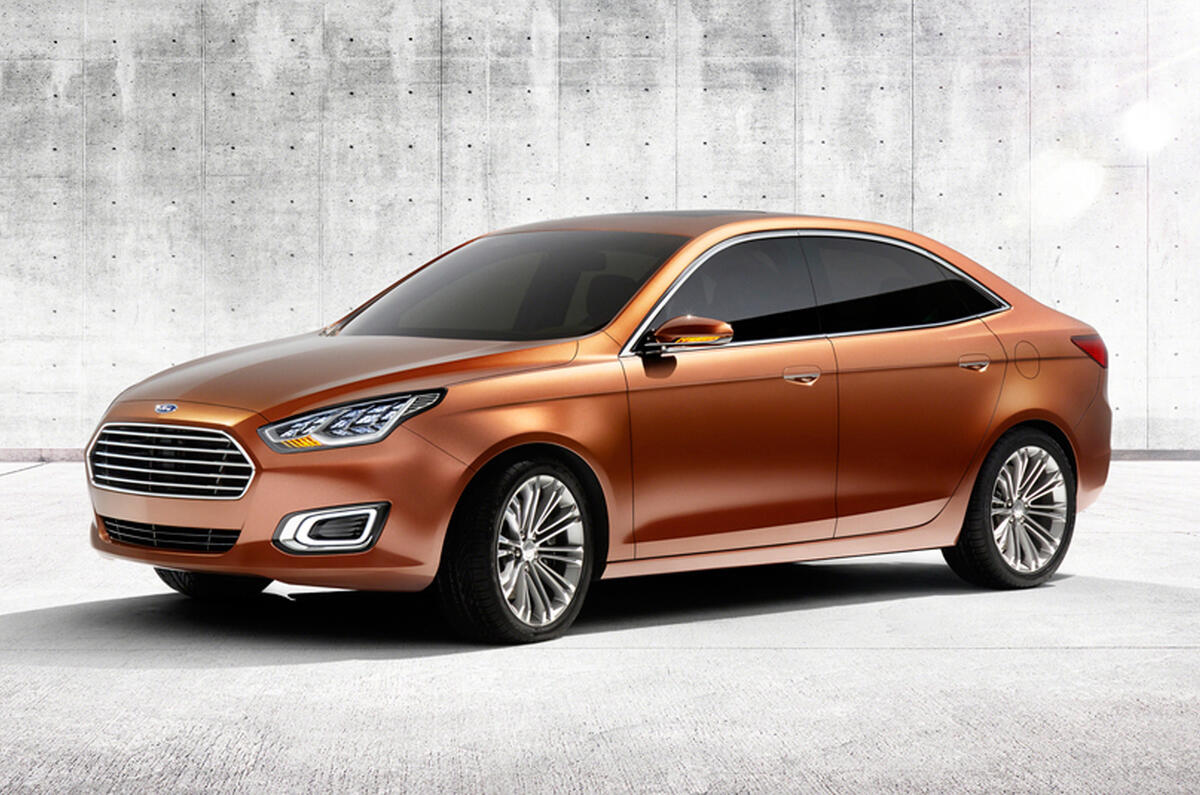Are world cars on the rise? Cars that can be sold around the world with a minimum of modifications are the dream of car makers, and for obvious reasons – it means that they don’t face the cost of developing a variation, or something entirely new, to suit specific regions.
Compare the list of candidates for the 2014 World Car of the Year awards with those eligible for the 2013 contest, and there’s quite a stark contrast.
Among the cars eligible for the 2014 contest, composed of cars launched this year, you’ll find just five whose reach is only regional, among them the Cadillac CTS, Chevrolet Impala, Chevrolet Silverado, Opel/Vauxhall Cascada and Peugeot 308.
Perform the same exercise on the 2013 WCoTY candidates and there are no less than 12 regional models, including the Buick Encore, Cadillac ATS, Cadillac XTS, Chevrolet Malibu, Chevrolet Spin, Dodge Dart, Dodge Ram, Nissan Altima, Nissan Sylphy, Peugeot 208, Peugeot 301 and Volvo V40.
Of course, this is only a snapshot across two years - look back to the 2012 list of eligible cars, and there are only four regional models there, although it was a thin year for new products.
Ford is the brand most publicly battling to unify its model range across the world: the Ford Fiesta, Ford Focus and Ford Kuga are found in most major markets across the world and the Fusion/Ford Mondeo duo will join them once Ford can actually start producing the car in Europe. Nissan is also shooting for a bit of uniformity with its latest Nissan X-Trail, which replaces the model of the same name here and in Japan, and the Nissan Qashqai-like Rogue in the US. But Toyota, Honda and Hyundai are pretty big on regional variations, and even Volkswagen produces a US-only, cost-reduced version of the Volkswagen Passat in the US.
And they seem to do pretty well with this strategy. Not Chevrolet, though, whose attempts to go global are rapidly unravelling with the brand’s withdrawal from Europe. And its offerings in Brazil (where it’s big) the US and Korea diverge noticeably anyway.




Join the debate
Add your comment
Difference
I think the difference is on the engine part. Some countries don't use petrol and some others don't use diesel.
Technology gone too far.
Makes sense where there is
Where the differences are relate to market differences. So, for instance, Ford US offer the full size Taurus saloon, whereas Ford Europe offer several sizes of 'MAX' MPV.
Nissan sell the Maxima in the US, and the Qashcow in Europe.
The 1st generation Skoda Superb was based on the China market long wheelbase Passat, as extended saloons are favoured there. The European Passat is now different from the US Passat - which has softer suspension and is a bit bigger.